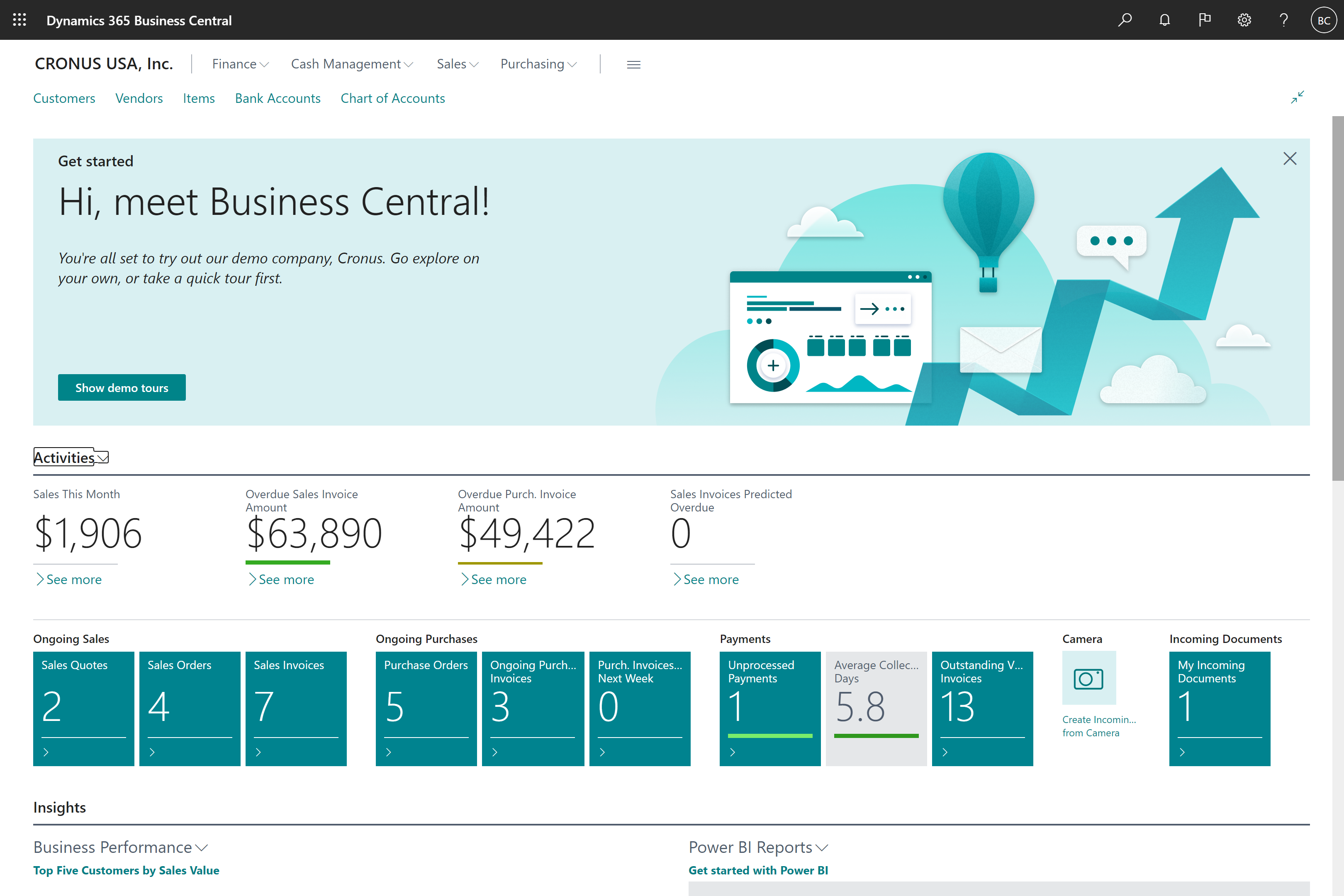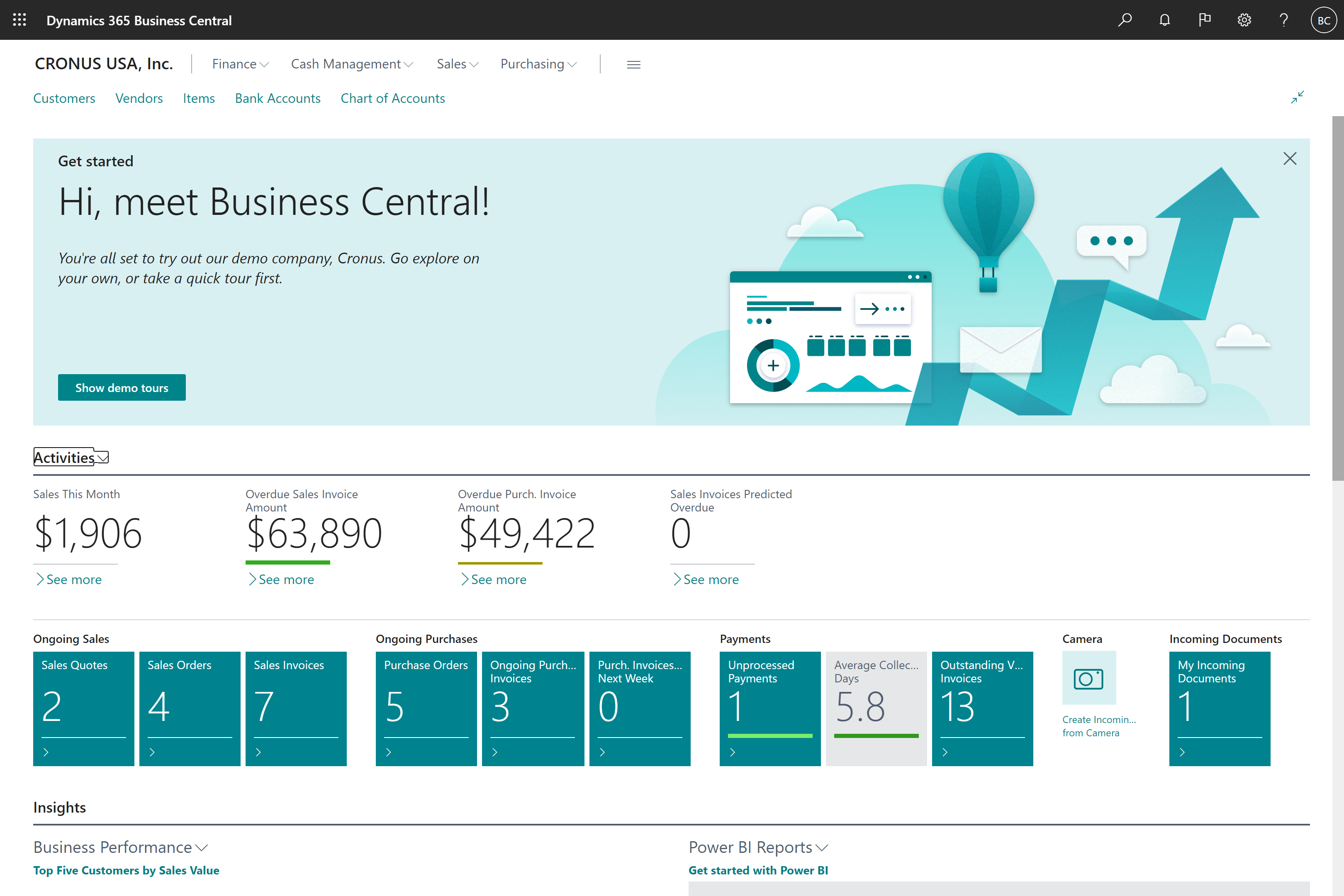
Naarmate de technologie in een razend tempo blijft evolueren, moeten bedrijven snel kunnen aanpassen om concurrerend te blijven. Veel jaren was Microsoft Dynamics NAV de go-to oplossing voor enterprise resource planning (ERP) voor bedrijven die hun activiteiten wilden stroomlijnen en een concurrentievoordeel wilden behalen. Maar naarmate de behoeften van bedrijven veranderden, veranderde ook de software waarop ze vertrouwden.
In 2018 kondigde Microsoft de lancering aan van Microsoft Dynamics 365 Business Central, de opvolger van Dynamics NAV. Hoewel Business Central voortbouwt op de sterke punten van zijn voorganger, introduceert het ook een aantal nieuwe functies en mogelijkheden die bedrijven helpen om voor te blijven.
Een van de meest significante veranderingen in Business Central is de overstap naar een cloud-based architectuur. Dit betekent dat bedrijven nu hun ERP-oplossing vanaf elke locatie, op elk moment en op elk apparaat kunnen benaderen. Dit is een groot voordeel voor bedrijven met gedistribueerde werkkrachten of die over meerdere locaties moeten werken.
Een andere belangrijke verandering is de toevoeging van kunstmatige intelligentie (AI) en machine learning (ML) mogelijkheden. Business Central maakt gebruik van AI en ML om bedrijven te helpen bij het automatiseren van routinetaken, zoals gegevensinvoer en factuurverwerking. Dit bespaart niet alleen tijd en vermindert fouten, maar geeft werknemers ook de vrijheid om zich te concentreren op meer strategische activiteiten die waarde toevoegen aan het bedrijf.
Daarnaast bevat Business Central een scala aan nieuwe functies die zijn ontworpen om samenwerking en communicatie te verbeteren. Zo bevat de software ingebouwde tools voor het beheren van projecten en taken, evenals geïntegreerde chat- en videobel-mogelijkheden. Maar ook een standaard koppeling met Shopify, waarbij je eenvoudig met een aantal parameters de webshop kan koppelen aan het ERP systeem.
Natuurlijk is het upgraden van Dynamics NAV naar Business Central niet zonder uitdagingen. Bedrijven moeten hun migratiestrategie zorgvuldig plannen en uitvoeren om verstoring van hun activiteiten te voorkomen. Maar voor degenen die bereid zijn de sprong te wagen, zijn de voordelen van Business Central duidelijk: verbeterde flexibiliteit, meer automatisering en verbeterde samenwerkingsmogelijkheden, die allemaal bedrijven kunnen helpen om voorop te blijven lopen in de competitie.
Conclusie: de evolutie van Microsoft Dynamics NAV naar Microsoft Business Central vertegenwoordigt een significante stap voorwaarts voor bedrijven die de nieuwste technologie willen benutten om groei en innovatie te stimuleren. Door cloud-based architectuur, AI en ML-mogelijkheden en verbeterde samenwerkingsfuncties te omarmen, vertegenwoordigt Business Central de toekomst van enterprise resource planning.
In het blog Shopify standaard gekoppeld aan Business Central lees je meer over de koppeling.
Wil je meer weten over Business Central gekoppeld aan een webshop?
Neem dan is contact op via email of maak een afspraak via de online agenda

